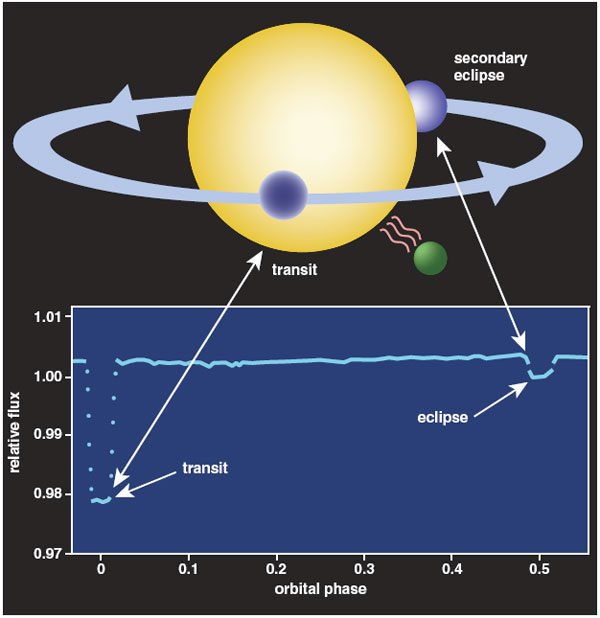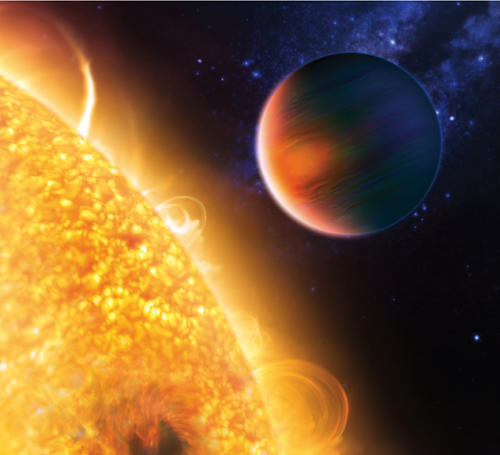20 Years of Exoplanet Discoveries
By Fenella Saunders
Debra Fischer describes the methods used to find exoplanets, how much we can currently decipher about these planets' properties, what new information some planned ground and space-based observatories might be able to add to that mix—and whether we might find exoplanets that support life.
October 1, 2015
From The Staff Astronomy Technology
On September 30, American Scientist did a Google Hangout with Yale University astrophysicist Debra Fischer.Dr. Fischer is one of Sigma Xi's Distinguished Lecturers, and this was the inaugural event in a series that will feature video hangouts with all of the distinguished lecturers.
Dr. Fischer has been involved in the discovery of hundreds of exoplanets, as well as the first discovery of a system with several exoplanets around one star. She described the methods used to find exoplanets, how much we can currently decipher about these planets' properties, and what new information some planned ground and space-based observatories might be able to add to that mix. And of course, she tackled the question of whether we might find exoplanets that support life.

Image courtesy of Sylwia Walerys, Northwestern University.
The citizen science project that Dr. Fisher helps to run is called Planet Hunters, and it uses the public's help to classify readings and find exoplanets.

Illustration adapted from image courtesy of the author; graph adapted from H. A. Knutson et al, Nature 447:183–186.
For more on exoplanets, see the following articles:
- The Next Great Exoplanet Hunt, by Kevin Heng at the University of Bern and Joshua Winn at the Massachusetts Institute of Technology.
- The Study of Climate on Alien Worlds, by Kevin Heng, about what scientists can tell about the atmospheres of exoplanets.
- Why Does Nature Form Exoplanets Easily?, by Kevin Heng, on the ways that exoplanets form.
- Spitzer’s Cold Look at Space, a feature about the Spitzer Space Telescope, one of the many used to discover exoplanets. The article is authored by Michael Werner, project scientist for Spitzer and chief scientist for astronomy and physics at the Jet Propulsion Laboratory. (See graphic above for an explanation from this article on the transit method used in exoplanet identification.)
- Imaging Earthlike Exoplanets, by Thomas Sherrill, one of the developers of the Hubble Space Telescope.
- In The Zone, by Katherine J. Mack, about finding Earthlike exoplanets.
- Free-Floating Planets, about the classification of objects not in orbit around stars.
- Alone in the Universe, a feature from Howard A. Smith at the Harvard-Smithsonian Center for Astrophysics that questions whether other life in the universe, if it exists, would ever be close enough for us to find.

Image courtesy of ESA, NASA, G. Tinetti (University College London and ESA) and M. Kornmesser (ESA/Hubble).

American Scientist Comments and Discussion
To discuss our articles or comment on them, please share them and tag American Scientist on social media platforms. Here are links to our profiles on Twitter, Facebook, and LinkedIn.
If we re-share your post, we will moderate comments/discussion following our comments policy.